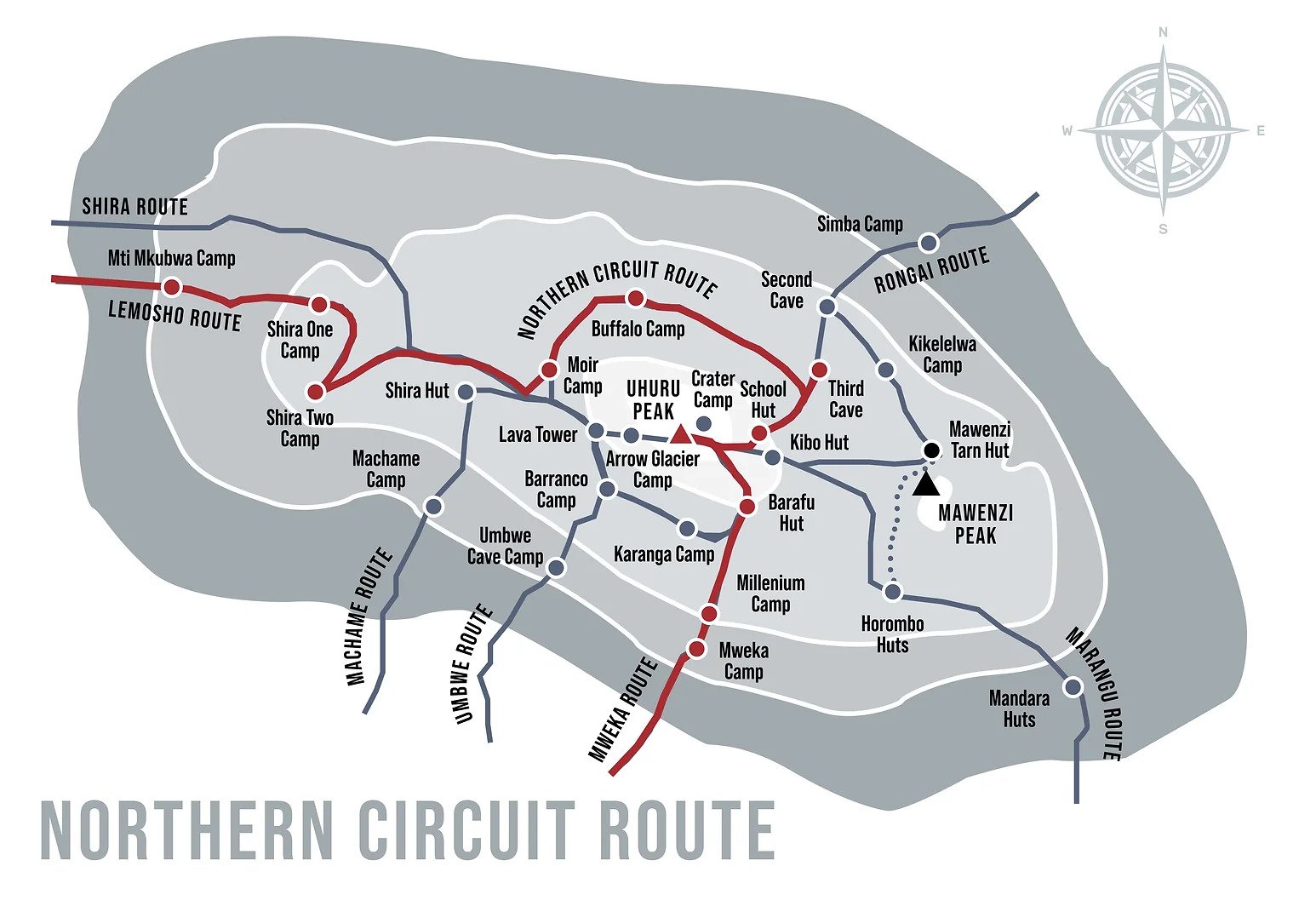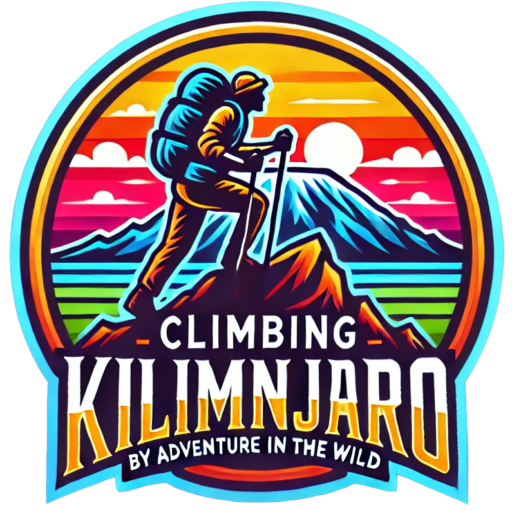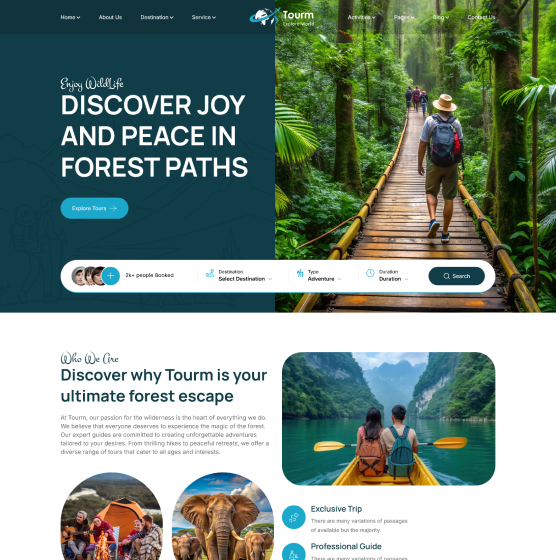The 10-day Northern Circuit Route (Summit during the day)
With the following modification, the 10-day Northern Circuit “daytime summit” route is a variant of the 9-day Northern Circuit route. By starting the summit bid during the day, descending, and spending time at Barafu Camp (rather than Mweka Camp), it shortens the summit day. This version takes an extra day to finish the descent but does away with the midnight summit attempt, which is usually extremely windy and chilly.
In addition to being the longest Kilimanjaro route, the Northern Circuit has the highest summit success rate and the longest acclimatization period. So, the Northern Circuit route is a great choice.

The schedule for the 10-day Northern Circle (Daytime Summit)
Day 1: Travel to Mti Mkubwa via Londorossi Gate
7,742 feet to 9,498 feet above sea level
Duration of Hiking: 3–4 hours
Distance: 4 miles (6 km)
Rain Forest as a habitat
After nearly four hours of travel from Moshi, we arrive at Londorossi Gate, where you will finish the necessary entrance procedures. After there, make your way to the Lemosho trailhead. Then after reaching the trailhead, we start our hike through untouched forest that leads to the first campsite.
Day 2: Shira 1 Camp to Mti Mkubwa
9,498 feet to 11,500 feet above sea level
Five to six hours for hiking
Distance: 5 miles (8 km)
Environment: Heath
We proceed down the path that emerges from the rain forest and into a savannah of heather, tall grasses, and volcanic rock covered in lichen beards. We reach the Shira Ridge after ascending through the verdant rolling hills and across multiple streams, and then we gradually descend to Shira 1 Camp. This is when we first see Kibo on the other side of the plateau.
Day 3: Shira 1 Camp to Shira 2 Camp on Day 3
11,500 to 12,500 feet above sea level
Duration of Hiking: 3–4 hours
Distance: 4 miles (7 km)
Environment: Heath
We travel across the Shira Plateau. Shira 2 Camp is a short, easy trek east on moorland meadows. The heath zone is home to unusual Senecio trees and a profusion of wildflowers.
Day 4: Shira 2 Camp to Moir Hut via Lava Tower
Camp Shira 2 to Lava Tower
Elevation range: 15,190 to 12,500 feet
Duration of Hiking: 3–4 hours
Distance: 4 miles (7 km)
Alpine Desert habitat
Tower of Lava to Moir Hut
15,190 to 13,800 feet above sea level
Two to three hours for hiking
Distance: 4 miles (7 km)
Alpine Desert habitat
We proceed eastward up a hill before turning southeast toward the 300-foot-tall volcanic rock structure known as the Lava Tower. After that, we veer off the main trail to Moir Hut, a small, abandoned location at the foot of the Lent Hills. This is a great place to acclimate because there are several different walks on Lent Hills. One of the highest plateaus in the world is the Shira Plateau.
Day 5: Moir Hut to Buffalo Camp on Day Five
13,800 to 13,200 feet above sea level
Time Spent Hiking: 5-7 hours
Distance: 7 miles (12 km)
Alpine Desert habitat
After a somewhat difficult ascent out of Moir Valley, we go to the top of Lent Hills and then head back to the main trail. Before arriving at Buffalo Camp, the trail softly winds through a rock field. This hiking segment provides breathtaking views of the plains north of Kilimanjaro that extend to the Kenyan/Tanzanian border.
Day 6: Buffalo Camp to Third Cave
13,200 to 12,700 feet above sea level
Time Spent Hiking: 5-7 hours
Distance: 5 miles (8 km)
Environment: Heath
The ground gets more and more barren as we climb Buffalo Ridge. We will appreciate the sense of alpine wilderness on this little traveled road. We hike through isolated valleys to reach Third Cave on Kilimanjaro’s northern slopes.
Day 7: The Third Cave to School Hut
12,700 to 15,600 feet above sea level
Time Spent Hiking: 4-5 hours
Distance: 3 miles (5 km)
Alpine Desert habitat
We gradually ascend and cross the “Saddle,” which separates Kibo and Mawenzi. We proceed to School Hut, our camp. After arriving, we relax and eat an early meal in order to get ready for the summit day.
Day 8: Barafu Camp to Uhuru Peak via School Hut
Uhuru Peak to School Hut
15,600 to 19,341 feet above sea level
Time Spent Hiking: 7-9 hours
Distance: 4 miles (6 km)
Arctic habitat
Barafu Camp to Uhuru Peak
19,341 to 15,331 feet above sea level
Two to three hours for hiking
Distance: 3 miles (5 km)
Alpine Desert habitat
We start our ascent in the early morning hours. This part of the journey is the most physically and mentally taxing. We take regular but brief rests as we climb for several hours. When you get to Gilman’s point (18,600 feet) on the crater rim, the peak is remarkably close. At last, we reach Uhuru Peak, which is the highest point on both the African continent and Mount Kilimanjaro.
We descend to Barafu Camp from the peak, where we celebrate our success and get some much-needed rest.
Day 9: Barafu Camp to Mweka Camp
15,331 to 10,065 feet above sea level
Two to three hours for hiking
Distance: 6 miles (7 km)
Rain Forest as a habitat
To get to Mweka Camp, which is located in the higher jungle, we descend directly. Trekking poles are useful because the terrain is extremely rocky and can be very taxing on the knees. We enjoy our final meal on the mountain later in the evening.
Day 10: Mweka Camp to Mweka Gate
10,065 feet to 5,380 feet above sea level
Duration of Hiking: 3–4 hours
Distance: 6 miles (10 km)
Rain Forest as a habitat
We continue the descent to Mweka Gate on our final day. It can be muddy and wet at lower elevations. We are driven back to the Moshi hotel, where we are given our summit credentials.
Standard Routes vs. Daytime Summit Routes
On typical Kilimanjaro routes, climbers typically set out at midnight to reach the summit. They climb through the night for several hours in the dark. After climbing 4,000 feet (1,220 meters), climbers usually arrive at the summit between 7 and 9 in the morning. They then make their way down 9,000 feet (2,740 meters) to the last campground, which is usually around 10,000 feet (3,050 meters) above sea level. It’s going to be a long and possibly grueling day. For most, a typical day on the trail lasts 15–17 hours, including meals and breaks.
The daylight summit routes, on the other hand, start early in the morning. Climbers usually reach the peak by early afternoon after ascending during regular daylight hours. They then drop just 4,000 feet (1,220 meters), or roughly 15,000 feet (4,570 meters), reaching high camp. Because the descent takes less time, this is the crucial modification that enables the daylight summit. On summit day, the total trekking time is less, ranging from 9 to 12 hours.
However, an additional day is required to finish the descent in order to compensate for the shorter summit day. The daytime summit variations are therefore one day longer than the regular schedule.

















